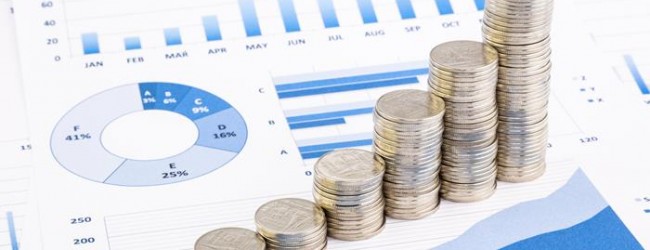The continuous compounding model is a thought model or thought experiment that illustrates the difference between an annual, quarterly, monthly and theoretically possible daily interest. Basically, the aim is to internalise the interest or compound interest effect.
Continuous compounding would assume that the interest on an investment amount could even be credited every second and that an almost infinite number of interest payments (and the corresponding flat-rate withholding taxes) could thus be recorded every year. With a number of 3,600 seconds per hour, i.e. 86,400 bookings per day, there would be just over 31 million interest bookings per account in one year. Since this computing effort cannot be carried out and also considerable rounding errors would occur, there are usually just quarterly and annual interest rate payments in the banking sector.
An example with 5 % interest illustrates the differences
Let us calculate the interest for an amount of 10,000 Euros with a duration of one year. For the sake of simplification, the calculation is carried out without the “skewed” amounts of the flat rate withholding tax (25% plus solidarity tax plus church tax, if applicable). The gross calculation then looks as follows:
1-year interest, one-time:
500 Euros interest on 10,000 Euros. Final amount: 10,500 Euros
1-year interest, quarterly compound interest effect:
End of first quarter: 5 % interest on 10,000 Euros for one quarter (=125 Euros). Final amount: 10,125 Euros
End of second quarter: 5 % interest on 10,125 Euros for one quarter (=126.56 Euros). Final amount: 10,251.56 Euros
End of third quarter: 5 % interest on 10,251.56 Euros for one quarter (=128.14 Euros). Final amount: 10,379.71 Euros
End of fourth quarter: 5 % interest on 10,379.71 Euros for one quarter (=129.74 Euros). Final amount: 10,509.45 Euros
The difference between a yearly interest payment – i.e. the opposite of continuous compounding – and the quarterly interest payment is therefore comparatively marginal with an interest rate of 500 Euros; it amounts to a difference of 9 Euros.
With a monthly interest payment, a total interest sum of 511.62 Euros accrues if the interest of the individual months is accumulated again and again and continues to earn interest.
If you continue this thought experiment with an Excel spreadsheet, you can use the daily interest calculation:
Initial amount + initial amount * 0.05 / 360 (360 days for the interest method) = final amount of the respective day. Use this as the starting point in the next line. After calculating 360 days, the total interest amount is 512.67 euros – without rounding effects. This is also similar if you would use the interest method with 365 days, since 365 bookings with 1/365th annual interest would be posted here.
This shows that there is indeed an interest and compound interest effect in the daily, almost continuous calculation. Ultimately, however, the calculation, explanation on the tax statement and internal further processing are likely to be considerably more expensive than the additional income earned by the customer.
The conclusion of this thought experiment: Green light for the comparison of conditions and interest rates
If you have dealt with continuous compounding, then you can turn to your own investment. In the end, the search for the best interest rates for overnight and fixed deposits yields a much higher surplus than the theoretically possible continuous compounding. Compare the conditions of a quarterly savings account of a major bank with 0.01% interest and a bonus of 0.01% (i.e. a total interest rate of 0.02%) with the offers available on the market.
Therefore, the search for a better interest rate offers much more than the theoretical comparison of different interest calculation methods. Of course, it would look different if a securities issuer were to “trigger” the interest and compound interest effect for the first time after ten years.
Further links
Anzeige




